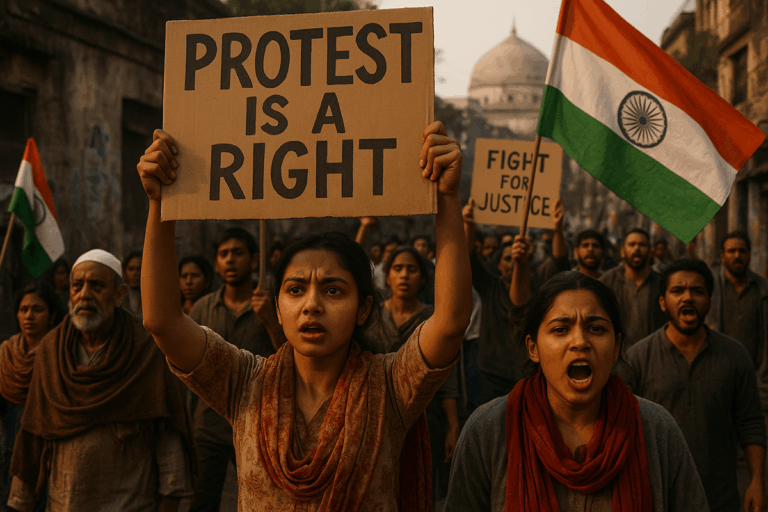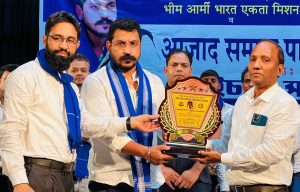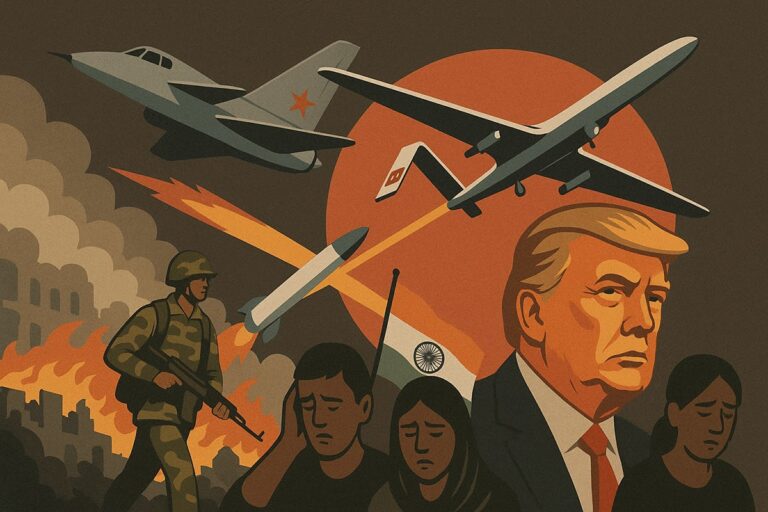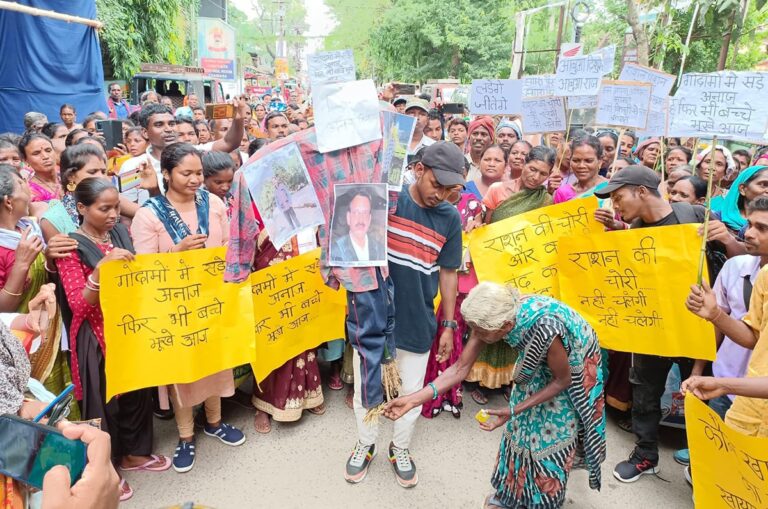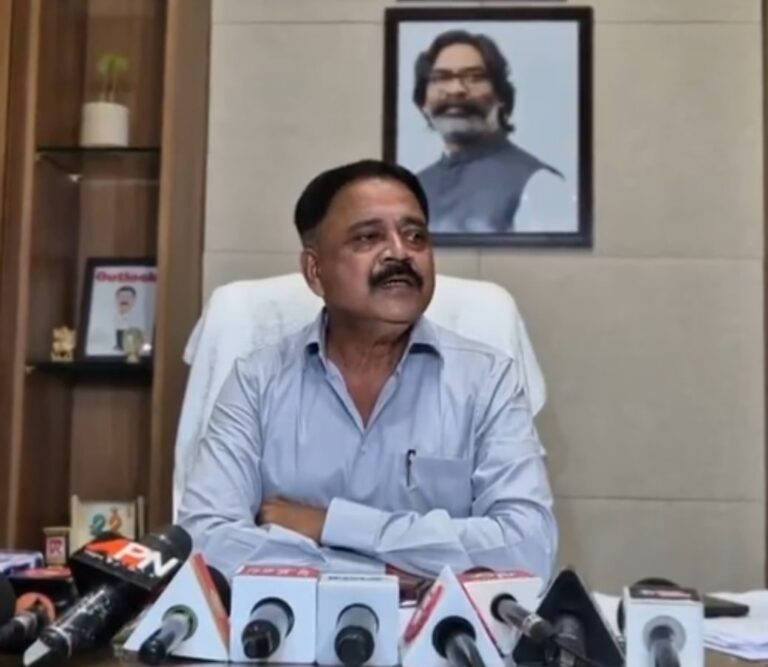[dropcap]I[/dropcap]n Part 1, we talked about strikes—just one form of protest. But that brings us to a broader question: What really is a protest?
A protest is one of the oldest and most powerful ways people express themselves publicly. When people feel unheard, sidelined, or wronged—when every door seems shut—they take to the streets with placards, slogans, and a flicker of hope. Protest isn’t just about saying no to something; it’s also about saying yes to something better.
Protest vs. Strike
A strike usually involves stopping work to demand justice—often by workers, professionals, or students. A protest, on the other hand, is broader. It can be a march, a dharna, a candlelight vigil, a signature campaign, or even a digital campaign on social media. The goal remains the same: to be heard.
Bengal and the Culture of Protest
Bengal has always had a deep culture of political engagement. From colonial times to the present day, Kolkata has echoed with slogans for justice. Moula Ali, College Street, Jadavpur, Park Circus, the Metro Channel, and of course, the Brigade Parade Ground—these names are more than just locations. For decades, they’ve served as stages of resistance.
At my age, I’ve seen countless bandhs, dharnas, michhils, fiery sloganeering—you name it. One chant—almost a war cry—has always stayed with me: “Lorai, lorai, lorai chai, Lorai kore baachte chai”, a cry that emphasizes the fight for survival.
Protests here are often creative, filled with poetry, songs, street plays, graffiti, and, yes, high-pitched and often fiery speeches full of emotion. They are about rights, identity, and dignity.
Protest on the National Level
Protests played a vital role in India’s independence—be it Satyagraha, the Non-Cooperation Movement, the Salt March, or the Quit India Movement, all were powerful acts of resistance. Most of us weren’t there, but even imagining those moments stirs something deeply patriotic in us. These weren’t mere outbursts—they were organized, principled, and full of purpose.
And even after Independence, protests have continued to shape history:
- The JP Movement in the 1970s brought lakhs to the streets, demanding clean politics.
- The Narmada Bachao Andolan raised awareness about displacement and environmental justice.
- The anti-corruption movement in 2011 led to the creation of the Lokpal and shook the political establishment.
- The CAA-NRC protests saw people reading the Constitution in parks and on streets, waving the national flag.
- The Farmers’ Protest ultimately led to the repeal of three controversial laws, though at a tragic human cost.
These were not mere complaints. Nor were they anti-national, even though those in power often rush to label dissent that way.
Why Do People Protest?
Why do people leave behind their families, sacrifice days and months of comfort, live in harsh conditions without hygiene, fall sick, and sometimes even risk their lives?
Because silence rarely helps. Waiting endlessly for justice often leads nowhere. So they come out—to create awareness, to demand accountability, to show solidarity, to pressure the powers that be, and above all, to stop injustice.
Most protests aren’t about causing inconvenience. But when systems stop listening, sometimes disruption becomes the only way to be noticed.
Protest Is a Constitutional Right
As mentioned in Part 1, the Constitution gives every citizen the right to peaceful protest. These aren’t favours or permissions—they are rights, core to being Indian.
Still, peaceful protests are often labelled “disturbances” or “security threats,” even when they follow all rules. But the test of democracy is not in how we treat the silent, but in how we treat the loud—yet peaceful.
As long as a protest is non-violent and disciplined, it deserves respect—not demonisation.
Recent Protests in Bengal
Bengal continues to witness strong, mostly peaceful protests that reflect real anger and real hope. The SSC recruitment protest has seen job aspirants and teachers camping on the streets for over two years—through rain, winter, and police pressure. The Park Circus sit-in during the anti-CAA movement saw mothers, students, and ordinary citizens come together in a peaceful, round-the-clock vigil.
Even today, walk through Esplanade or Dharmatala and you’ll find people in peaceful protest—teachers, job-seekers, activists. They’re not just “blocking roads”; they’re demanding their democratic rights. Living under makeshift tents, with barely any hygiene facilities, surviving on modest meals and endless cups of tea served in bhad (earthen cups), shouting themselves hoarse—these people also have families and jobs to return to.
These are not publicity stunts. These are real people, with real fears, holding on to real hope.


